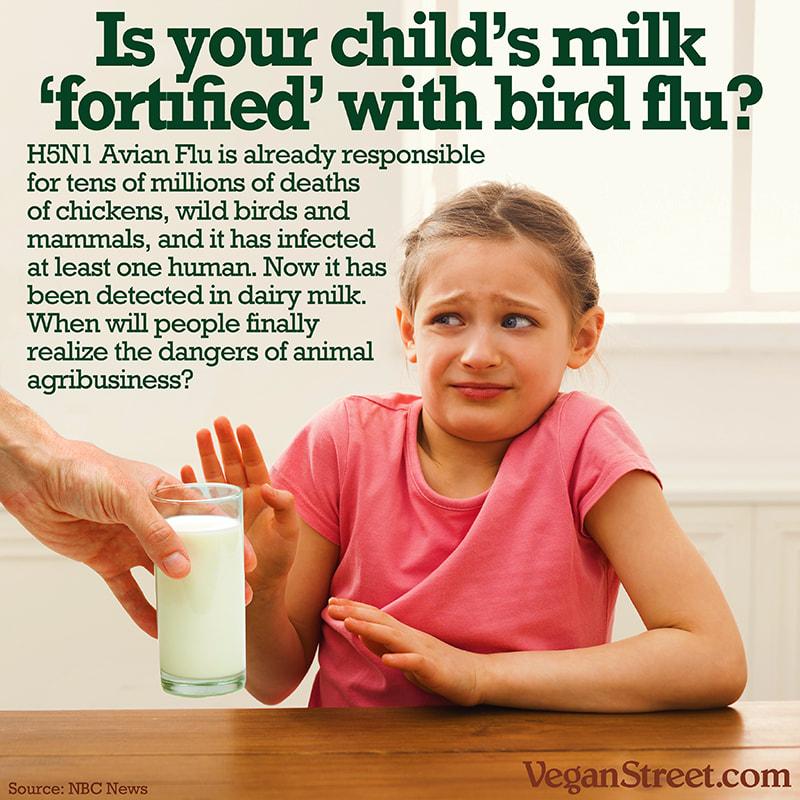While most of the world is trying to move beyond what we hope to be the last vestiges of the covid pandemic, a growing number of epidemiologists and other scientists are hard at work to try and stave off the next pandemic, which appears to be getting more threatening by the day. H5N1 avian flu, more commonly known as bird flu, originated in wild birds, but found its way into the vastly overcrowded captive chicken populations, where it quickly spread through the the massive packed barns, resulting in the deaths (mostly through culling) of more the 90 million of these poor birds.
Now it has spread like wildfire through more wild birds, including endangering huge flocks of penguins in Antarctica, as well as dozens of mammal species. Thousands of seals and sea lions have died from bird flu, and it has recently been found in herds of captive dairy cows, who, fortunately, so far don't appear to be falling sick or dying from it. Unfortunately, though, now bird flu has it has been found their milk, including dairy milk found on the shelves in six different states across the US.
Authorities claim that the pasteurization process kills the bird flu virus, at least for now, and so far there is only one case of a human being infected – a dairy farm worker who only suffered minor symptoms. But given the rapid spread and rapid evolution of H5N1, many scientists are worried that it may only be a matter of time until a strain of bird flu exists that could greatly endanger humans.
Like most of the huge epidemics of the last 50 years (ebola, HIV/AIDS,SARS and very likely covid), avian flu is spread to humans through contact with animals, particularly animals that were eaten. Avian flu is particularly prevalent in animal agribusiness. This is just one more of a very long list of reasons why we need to try to wean everyone away from supporting these death traps.
Our source for the meme is NBC News
Now it has spread like wildfire through more wild birds, including endangering huge flocks of penguins in Antarctica, as well as dozens of mammal species. Thousands of seals and sea lions have died from bird flu, and it has recently been found in herds of captive dairy cows, who, fortunately, so far don't appear to be falling sick or dying from it. Unfortunately, though, now bird flu has it has been found their milk, including dairy milk found on the shelves in six different states across the US.
Authorities claim that the pasteurization process kills the bird flu virus, at least for now, and so far there is only one case of a human being infected – a dairy farm worker who only suffered minor symptoms. But given the rapid spread and rapid evolution of H5N1, many scientists are worried that it may only be a matter of time until a strain of bird flu exists that could greatly endanger humans.
Like most of the huge epidemics of the last 50 years (ebola, HIV/AIDS,SARS and very likely covid), avian flu is spread to humans through contact with animals, particularly animals that were eaten. Avian flu is particularly prevalent in animal agribusiness. This is just one more of a very long list of reasons why we need to try to wean everyone away from supporting these death traps.
Our source for the meme is NBC News
Meme, bird flu, avian flu, H5N1, dairy, cows, milk, milk supply, warning
